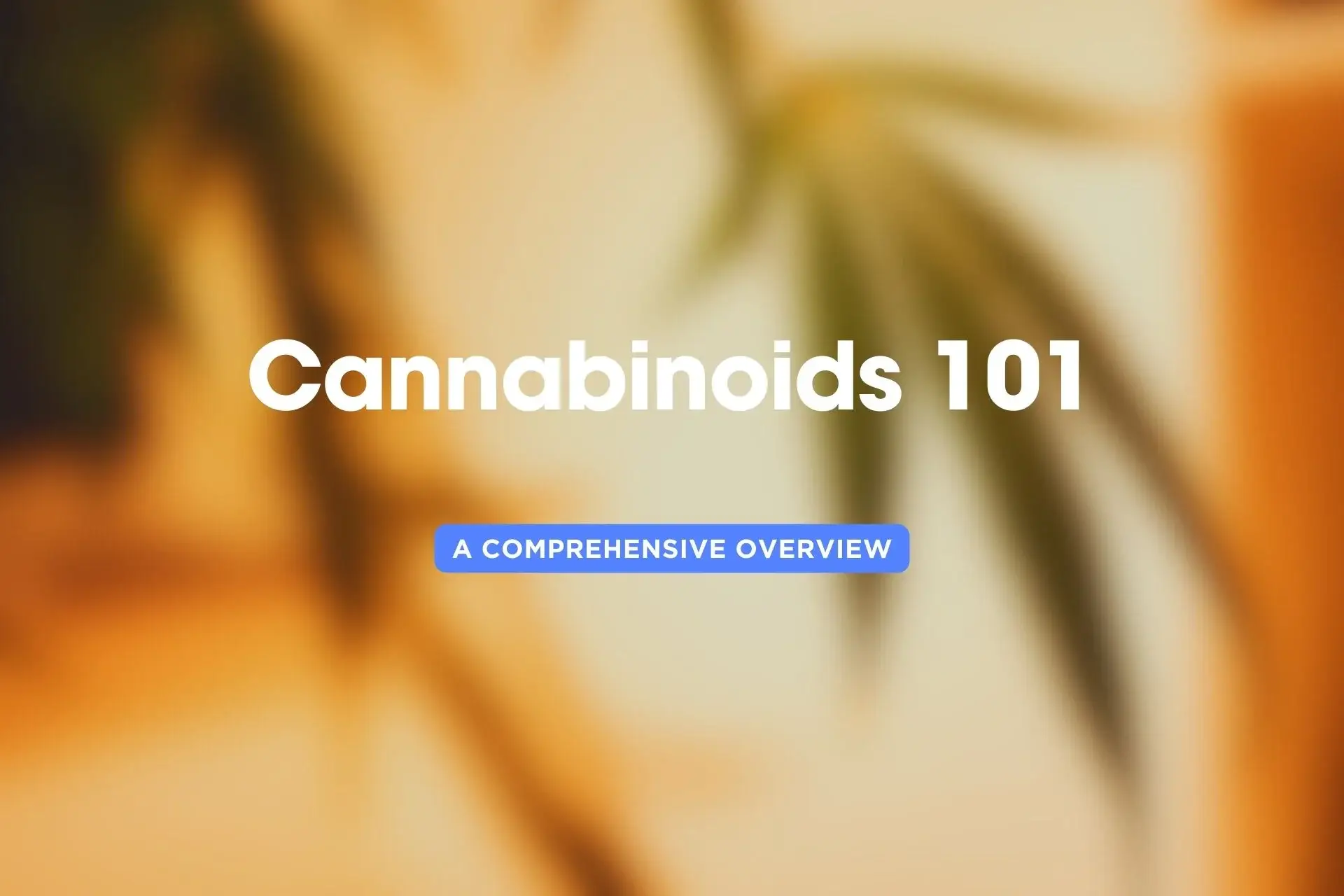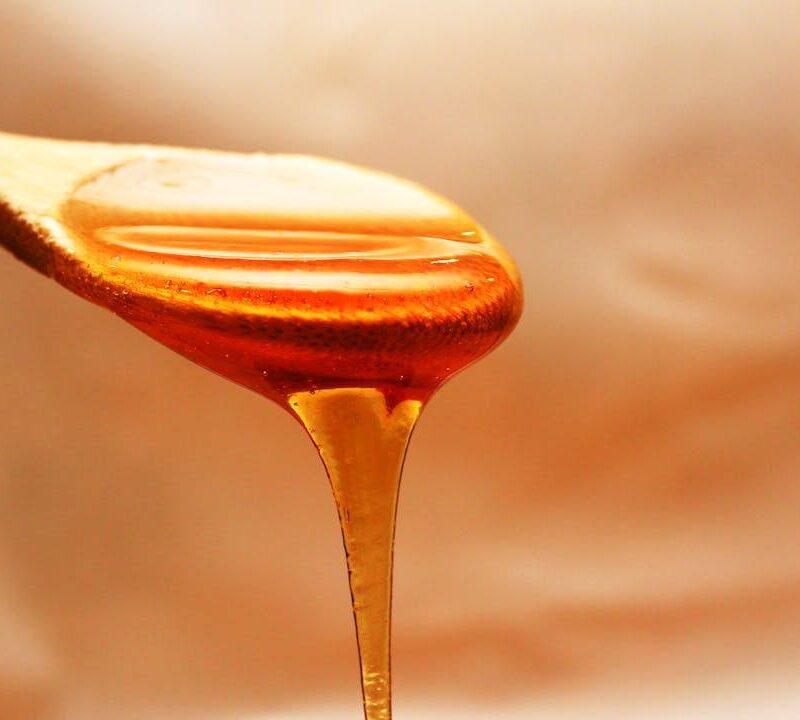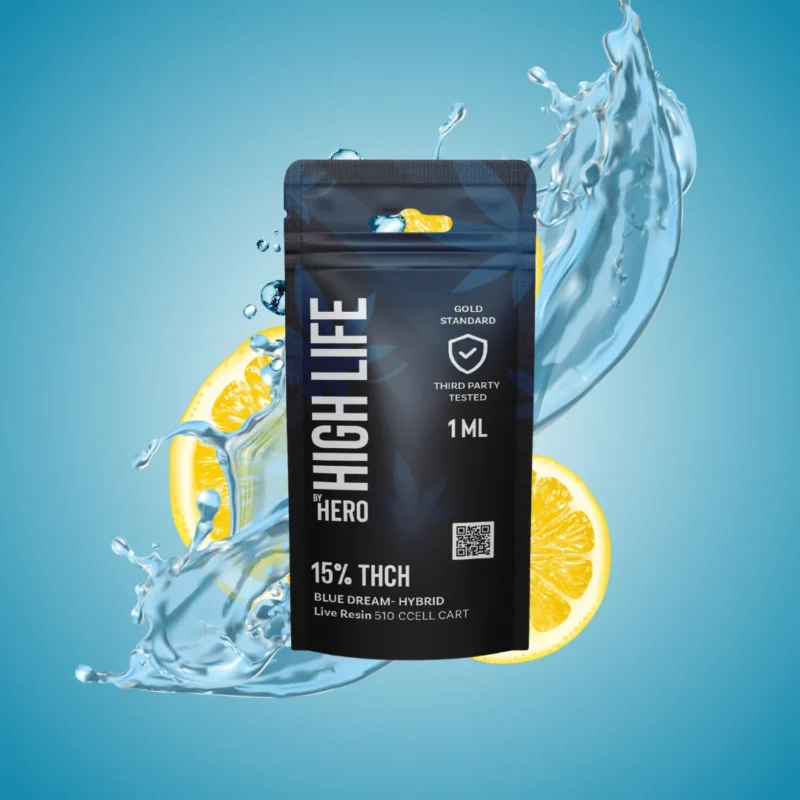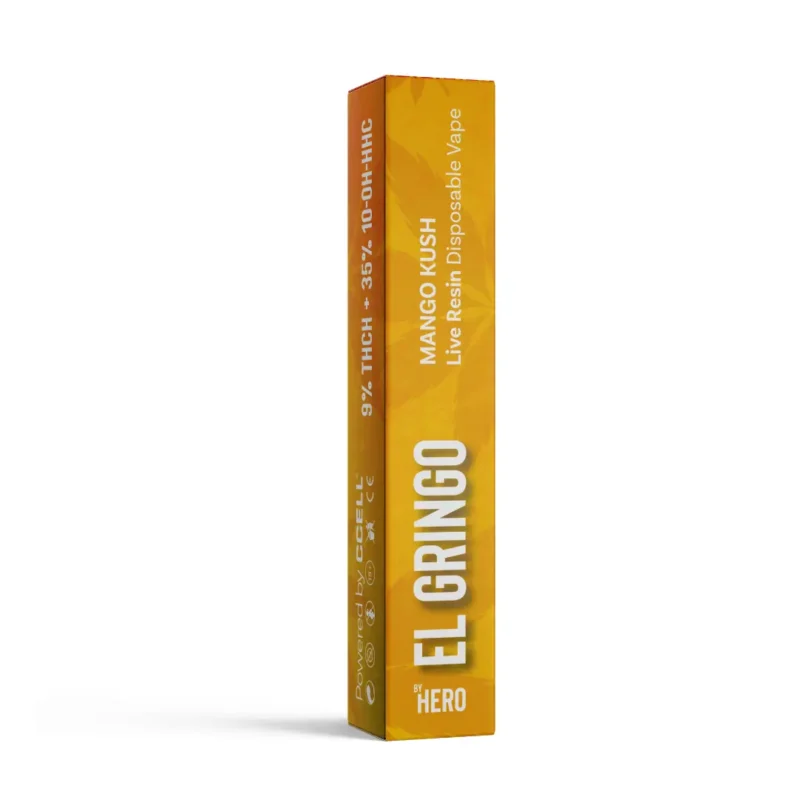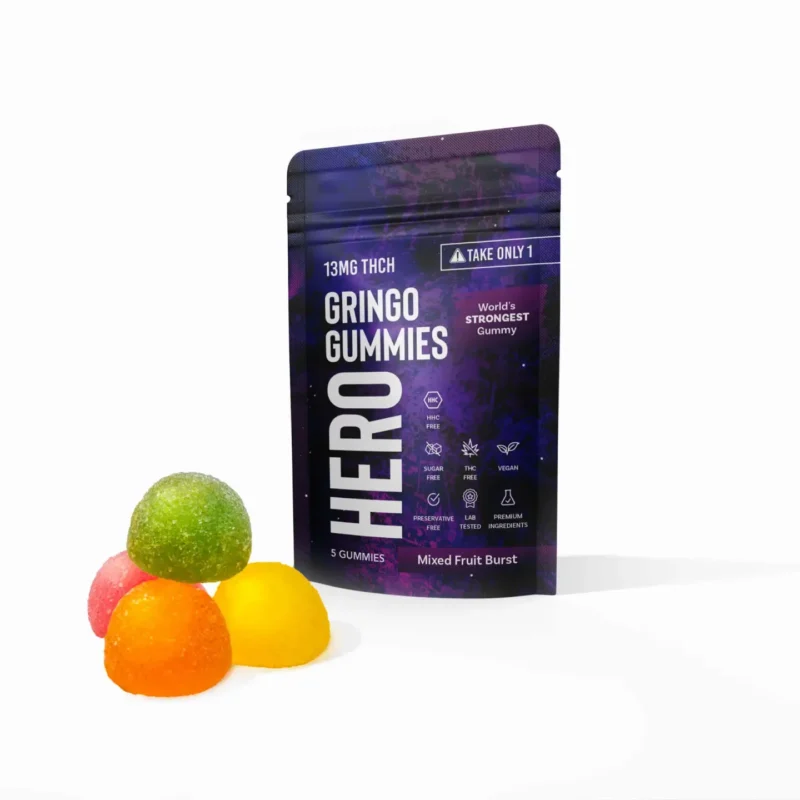What are Cannabinoids?
While researching different cannabis-derived products, most people will come across a lot of new terminology. Initially this can be a little confusing, as it can be difficult to navigate the scientific spectrum of cannabinoid research without some key definitions and contextual information. The first one most are likely to encounter is the term ’cannabinoid’. But what are cannabinoids?
A ’cannabinoid’ is a characterisation for a type of compound. The characteristic that these types of compounds have is that they interact with the ’endocannabinoid system’, a internal system in the human body. These can either be ’psychoactive’ or ’non-psychoactive’, which detail whether the compound gives the ’high’ feeling or not. Within the characterisation of cannabinoids, we have three types of cannabinoids, known as phytocannabinoids, endocannabinoids and synthetic cannabinoids:
- Cannabinoids: Main Group – Any Endocannabinoid Interacting Compound
- Phytocannabinoids: the plant-based individual compound (e.g. THC)
- Endocannabinoids: the cannabinoids produced within the body (e.g. anandamide)
- Synthetic Cannabinoids: man-made cannabinoids not derived from the plant (e.g. ’spice’ and K2).
In other words, ’cannabinoids’ is a umbrella term for many different compounds that can be divided into different types depending on where they are sourced from. There are many different types of cannabinoids. For example, ’natural cannabinoids’ such as THC (and variants such as e.g. THC-P), HHC and CBD are derived from the natural cannabis plant, and are therefore called phytocannabinoids.
Despite this more nuanced terminology, it is not uncommon for most people to just use the term ’cannabinoids’ for all of the above. After all, these different terms are mainly used when discussing sourcing. By large, most cannabinoids are harvested straight from the cannabis plant itself, also known as marijuana. By 2016, 113 distinct cannabinoids have been isolated from the cannabis plant, with further research in the compounds finding variations and many other sub-groups since. Originally, researchers believe these compounds were meant to help the cannabis plant with defense, dehydration, and to protect the plant from dangerous UV light. But as mentioned before, there is a internal endocannabinoid system within humans that also interacts with this compound to produce a variety of effects.
Cannabinoids and the Endocannabinoid System
The Endocannabinoid System is a internal system in the human body. In the same way that we have a nervous system made up of signals and nerves, the endocannabinoid system is made up of receptors and signals. This system has a variety of functions, but is largely connected to a individuals sense of hunger, temperature and alertness. These senses can be regulated up or down based on the input of cannabinoids (this is why, for example, consuming THC can make a individual hungry: it is ’turning up’ your internal system for hunger!).
So if the endocannabinoid system is made up of signals and receptors, what are these two things? Well, the signals are cannabinoids themselves. They are the compounds that tell our endocannabinoid system to produce a specific effect or multiple effects. But they are not capable of this without passing this ’signal’ to ’receptors’. Receptors are essentially ’recievers’ of compounds and molecules in order to produce an effect (e.g. an increase in appetite). Within the endocannabinoid system, the two main agents that run the show are the CB1 and CB2 receptors. When a compound or a molecule connects to a receptors, it ’activates’ them, triggering the effects. The CB1 receptor is largely involved in the regulation of inhibition, which is linked to the ’high’ feeling. Meanwhile, the CB2 receptor is mainly involved in sensory regulation. We can therefore widely tie the two receptors are affecting ’behaviour’ (CB1) and ’senses’ (CB2).
These receptors are used all the time in the human body. Naturally occuring endocannabinoids, which are extremely weak compared to the phytocannabinoids such as THC found in the cannabis plant, use these receptors when needed. However, much like we use caffeine to activate our nervous system for all its energizing and beneficial effects, we can use cannabinoids to activate our endocannabinoid system. When our endocannabinoid system recieves a rush of cannabinoids through, for example, inhalation through a vape (e.g. vaporizer cannabinoids), this natural system can have a variety of effects.
These effects can depend on a variety of factors, including the type of cannabinoid (e.g. CBD vs THC), the cannabinoid’s potency (e.g. HHC vs THC-P) and how it is taken (e.g. Vape vs Gummies).
What are the Current Documented Effects of Cannabinoids?
The cannabis plant and by extension cannabinoids have been used for a variety of recreational and pharmacological effects throughout human history. As a result, there is a lot of documented research on the capacity and effects of most standard cannabinoids and the endocannabinoid system. While there are a multitude of effects that cannabinoids can have on the human mind and body, they can be separated into two groups: wellness use and recreational use.
While individuals have used cannabis-derived products for health and wellness for a long time, we have recently started seeing cannabis-derived products in the pharmaceutical sector. Over time, researchers have become more and more interested in the potentially beneficial effects of cannabis. In the same way that aspirin is a compound that came from the bark of English Willow trees that was purified by scientists, cannabinoids have been purified from the cannabis plant for medicinal use. For example, cannabis-inhalators have been used for the treatment of multiple sclerosis spascicity and neuropathic pain, with the main ingredients being THC and CBD. The main areas of research and interest for cannabinoids is currently:
- Pain Relief (especially chronic e.g. rheumatoid arthiritis)
- Anxiety Reduction
- Sleep Aid
- Mood Regulation
- Apetite Stimulation (e.g. during extreme weight loss)
- Anti-Inflammatory Effects (especially chronic)
- Neuroprotective Potential (e.g. controlling epileptic seizures)
When it comes to the recreational use of cannabinoids, individuals are usually attempting to obtain some form of effect that relates to the areas of research that scientists are interested in. As more and more individuals try and find ways to simply relax or to seek specific health benefits, cannabinoid products have grown in populatiry. While each cannabinoid can produce a variety of effects depending on its molecular structure and the way it is taken, there are some effects that are common among almost all cannabinoids:
- Potential Psychoactive Effects (Altered State of Consciousness)
- Euphoria
- Relaxation
- Heigtened Appetite
- Anti-nausea Effect
Considering that this is the baseline that usually accompanies most cannabinoids, it is no surprise that their recreational use is wide spread. The degree of these effects can be highly dependent on the type of cannabinoid. There may even be additional ones that are specific to certain cannabinoids due to their unique molecular structure.
There are a overall variety of ways that an individual can choose to use cannabinoids in their life, ranging from skin creams to vaping. The main distinctions within the area of recreational use stems from how the individual takes their cannabinoids. These can be taken a variety of ways, including:
- Vaping
- Edibles
- Oils
- Capsules
- Smoking
- Ointments
- Crystaline Isolates
With so many options from the type of cannabinoid, to the type of use, to the type of effect, to the type of intake, there is a lot to keep track of. However, with many new and interesting cannabinoids always emerging, there has never been a better time to get ahead on the terminology. As more research comes out on the interesting properties of cannabinoids, having this information will allow individuals to better understand it.

